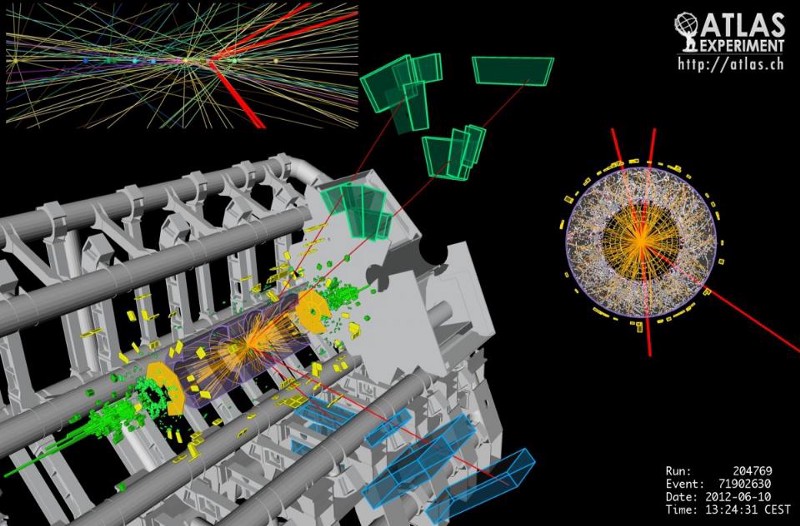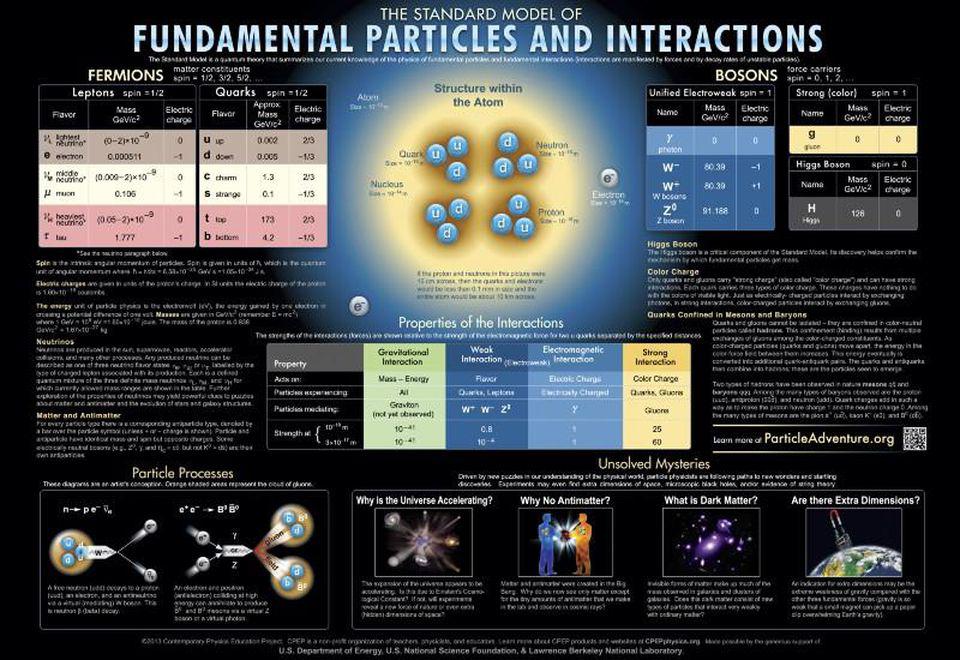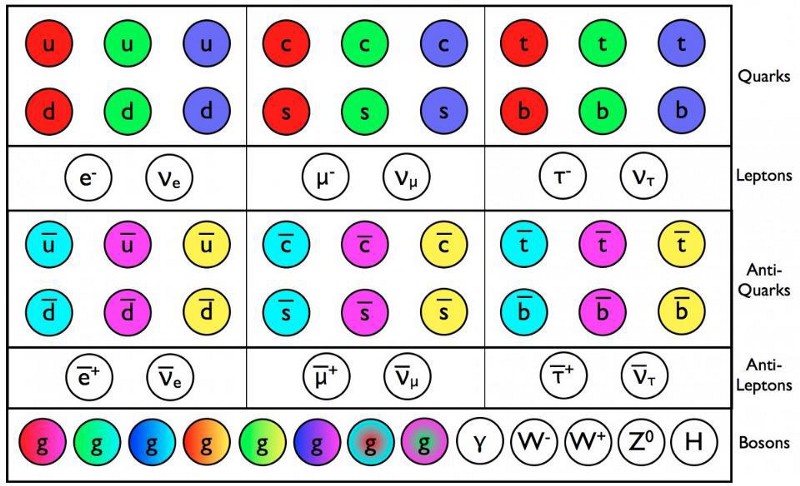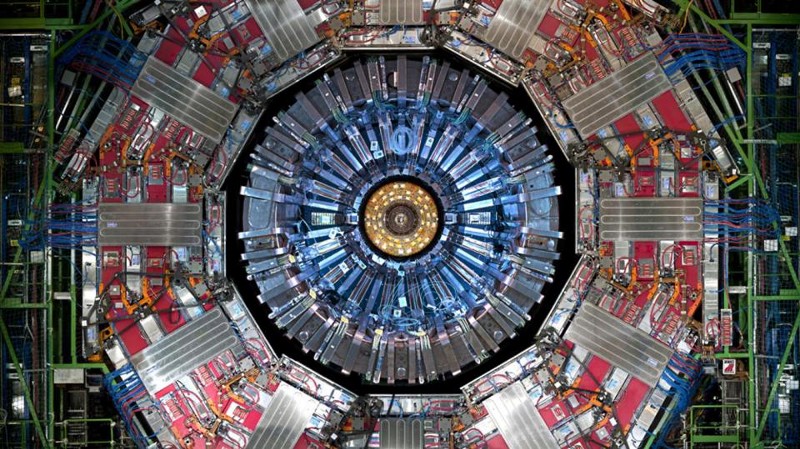An attempt to solve a quantum problem just deepens the mystery

- A recent paper published in Nature Communications attempted to resolve two significant discrepancies in particle physics.
- These discrepancies don’t match predictions stemming from the Standard Model.
- Attempts to resolve them only made the problem worse, leaving open the possibility that the underlying theory is missing something.
The mark of a good scientific theory is that it predicts many separate measurements. In the subatomic world, however, there are two large discrepancies that don’t match predictions stemming from the Standard Model of particle physics. A recent paper in the journal Nature Communications attempted to solve this mystery and the result was that it made things worse.
The Standard Model of particle physics is the theory that best predicts the behavior of matter. It covers electricity, magnetism, light, atomic theory, and radiation, to mention a few. (It doesn’t cover the effects of gravity; that’s a different theory.)
By and large, the Standard Model is brilliantly successful. After extensive testing, the theory predicts the outcome of nearly every experiment with impressive precision. However, researchers at Fermi National Accelerator Laboratory have made two measurements that disagree quite substantially with predictions. (Disclosure: I am a researcher at Fermilab, but I was not involved in either measurement.)
Subatomic discrepancies
The first effort measured the mass of a particle called the W boson. The W boson is a subatomic particle that is responsible for the weak nuclear force. The most familiar phenomenon involving the W boson is a form of radioactivity called beta decay.
One group of scientists measured the mass of the W boson, while another measured the magnetic properties of the muon. In both cases, the measurement disagreed with prediction and the disagreements were statistically significant, leading researchers to take the discrepancies seriously.
In frontier research, when a prediction and measurement disagree there are a few possible explanations. First, the measurement could be wrong. Second, the calculation could be done improperly. And the third option is that both measurement and calculation were done correctly, but the underlying theory is missing something.
Any of the three possibilities could be the explanation, and it’s worth noting that the experimental physicists who made the measurement and the theoretical physicists who did the calculations are established and well-regarded members of the scientific community. In addition, both predictions and measurements have undergone extensive cross-checking and review. For the moment, there is no reason to suspect any errors.
So, if the measurement and prediction have been done properly, this leaves the possibility that the theory needs revision and improvement. That’s what the recent paper in Nature Communications explored. The key issue is that the equations governing both the mass of the W boson and the magnetic properties of the muon are extremely difficult and impossible to solve exactly. This requires scientists to make approximations, and to make decisions on which effects to include in the calculations and which to omit.
Quantum foam and quarks
While all aspects of the calculation are challenging, there is one that is especially difficult. This involves a fascinating property of space called the quantum foam. Quantum foam is a surprising consequence of the laws of nature. It says that at the smallest scales, empty space isn’t empty. Instead, it’s a hectic place, with subatomic particles appearing and disappearing. These ephemeral particles can cause small changes in calculations.
Researchers know how to handle many aspects of the quantum foam, but not all. For instance, when the ephemeral particles are electrons and photons, the calculations are reasonably straightforward. However, when scientists try to include the contributions of a component of the quantum foam called quarks, things get far more challenging. Quarks are subatomic particles most generally found inside protons and neutrons and they interact very strongly with one another. This strength of interaction makes any calculations involving them difficult.
In the recent paper, researchers explored the effect of these strongly interacting particles on predictions of the mass of the W boson and the magnetic properties of the muon. They found that any attempt that decreased the discrepancy between measurement and calculation for the mass of the W boson increased the discrepancy for the magnetic properties of the muon, and vice versa.
While the original hope of this research was that perhaps a careful calculation of the contributions due to the quarks in the quantum foam would resolve both discrepancies, the actual outcome was that it exacerbated the situation. You can fix one discrepancy only by making the other one worse.
Scientists are currently trying to understand the ramifications of this new result. While it seemed reasonable to many researchers that the quark component of quantum foam could resolve these discrepancies, this does not appear to be the case.
Assuming that the measurements and calculations were done properly, and this new work is confirmed, it appears that researchers are facing a fascinating mystery. It may be that either the measurement of the mass of the W boson or the magnetic properties of the muon may point the way forward to a new theory and a better understanding of the laws of nature.





